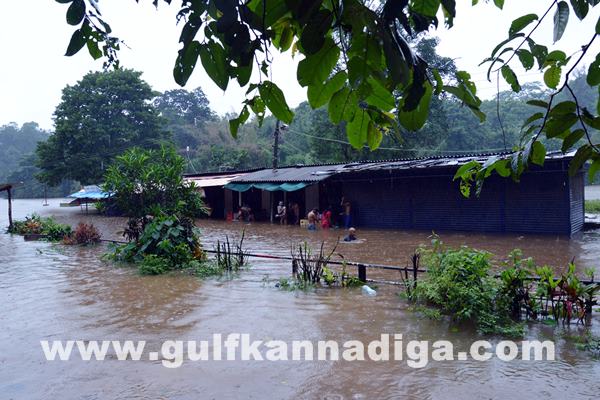
Water-level in Linganamakki and Bhadra reservoirs rises by 2 ft. in 48 hours
A renewed monsoon battered Karnataka’s coastal districts over the weekend, submerging roads, uprooting trees and damaging houses in parts of Dakshina Kannada, Shimoga, Kodagu, Hassan and Chikmagalur districts.
Strengthened by a trough of low pressure that has developed in the Arabian Sea, the monsoon brought 250 mm rainfall in 24 hours to Dakshina Kannada, Kodagu and Agumbe even as the wind speed reached nearly 90 kmph on Sunday, according to the Meteorological Centre, Bangalore.
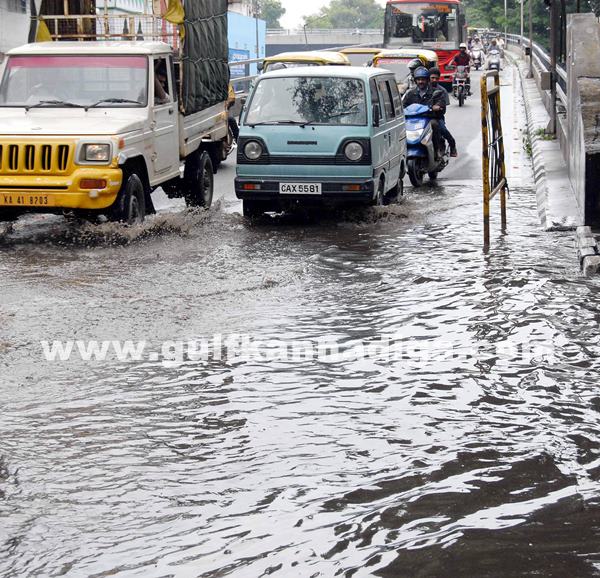
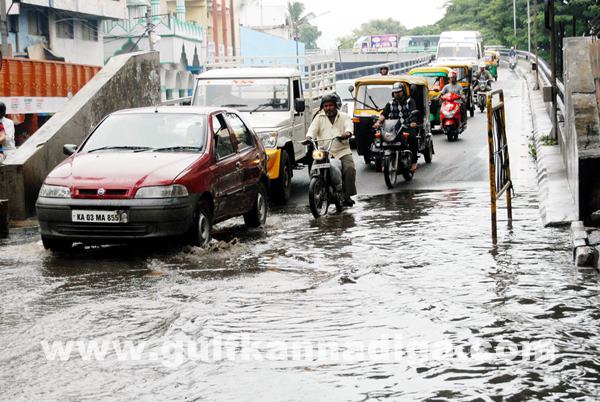
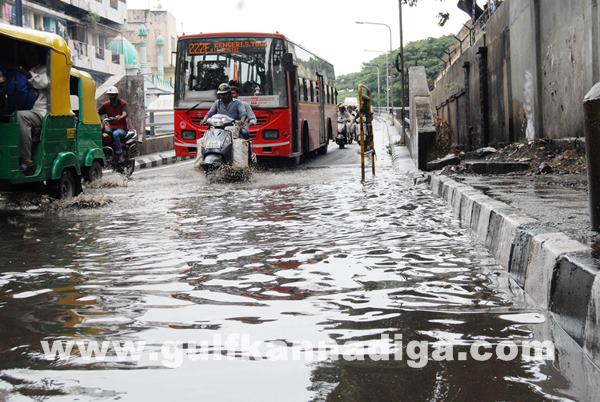
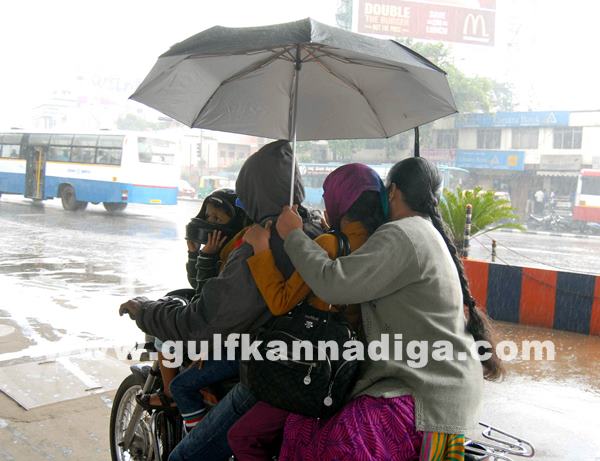
In Dakshina Kannada, 10 houses were damaged and trees uprooted, disrupting traffic and electricity supply. Three people suffered minor injuries after part of a hillock slipped in the heavy rain early on Sunday at Manjanady.
Two houses were destroyed when a tree fell on them at Kandemoola in Mulky.
Uppinangadi witnessed heavy rainfall accompanied by gale and landslips. At least three houses were reportedly destroyed in the rain at Ninnekal village near Uppinangadi. The ferocity of the monsoon caused sea erosion at Meenakaliya near Baikampady, where three houses were reportedly damaged after their walls developed cracks and their tin roofs started to shear off.
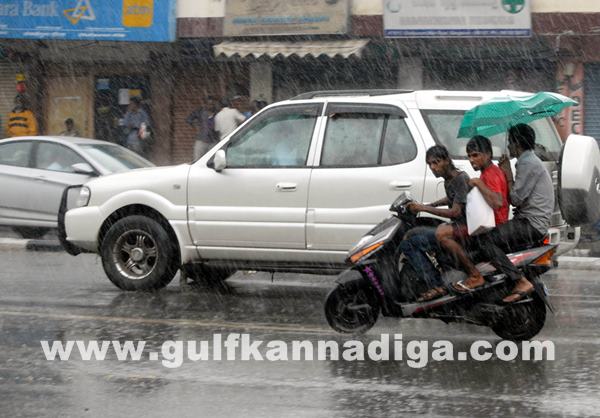
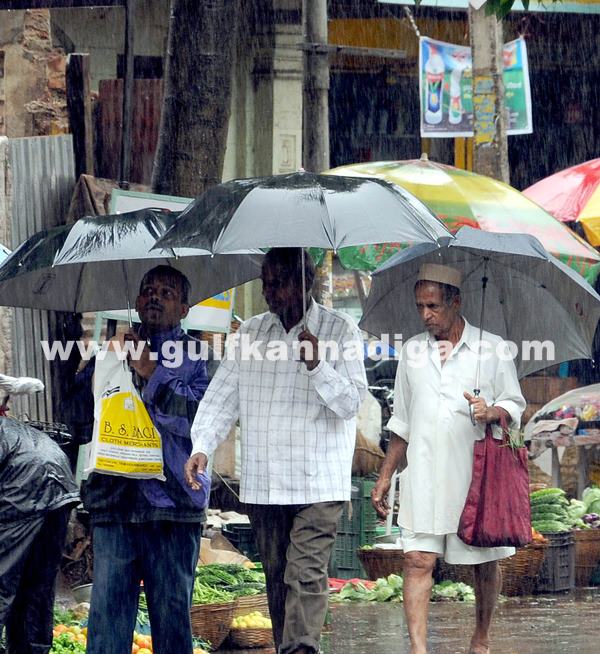
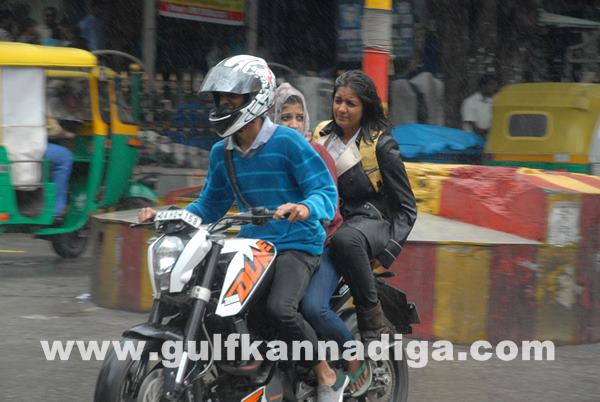
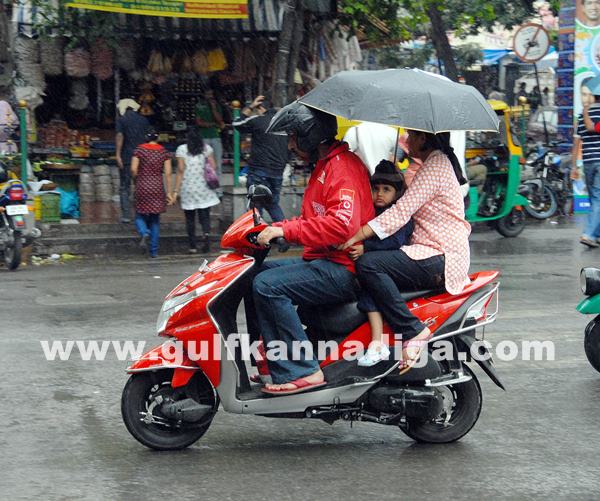
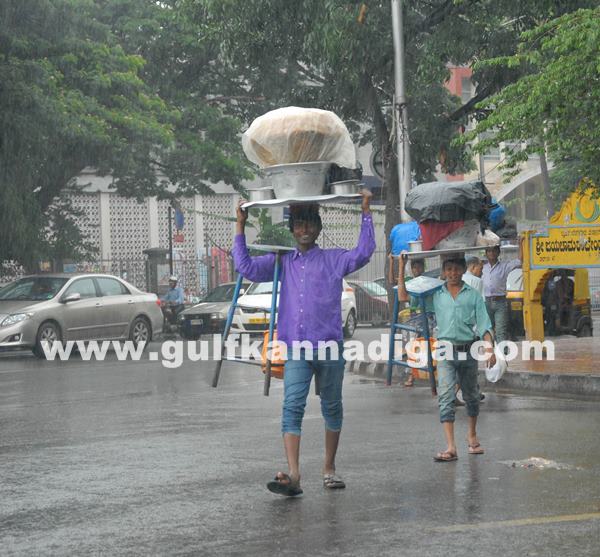
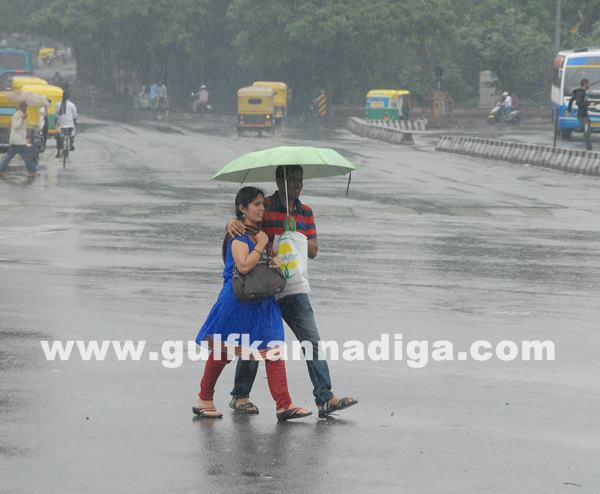
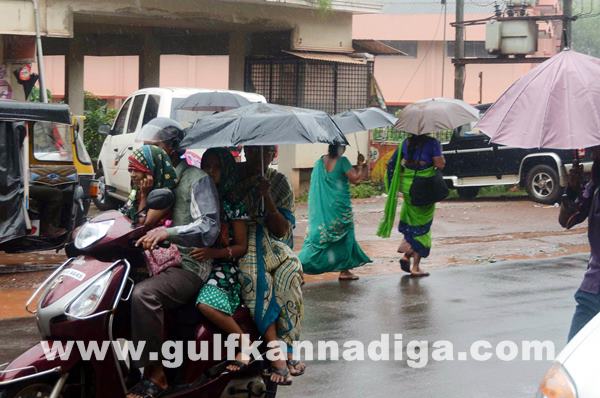
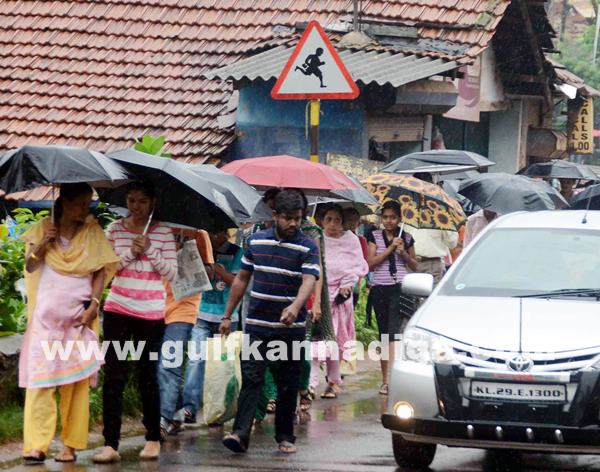
Trees fell across Mangalore city, blocking the road or cutting electricity wires. The bridge near Subrahmanya, which connects the temple town of Kukke Subrahmanya and National Highway 75 (Bangalore-Mangalore), was submerged until noon on Sunday.
At Mudigere in Chikmagalur district, traffic had to be diverted after a bridge submerged between Kalasa and Horanadu.
Incessant rains in parts of Kodagu district flooded roads and caused damage to property and crops. The overflowing Cauvery flooded the roads around Napoklu.
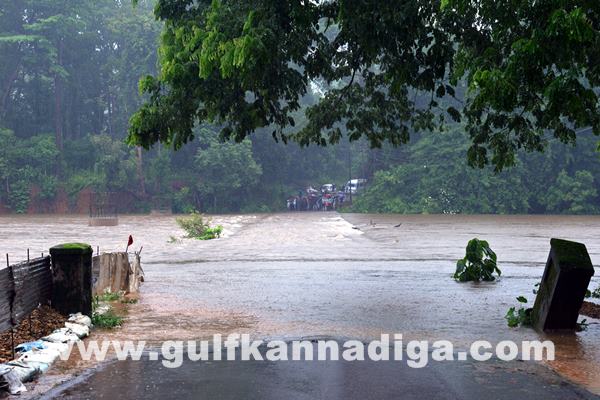
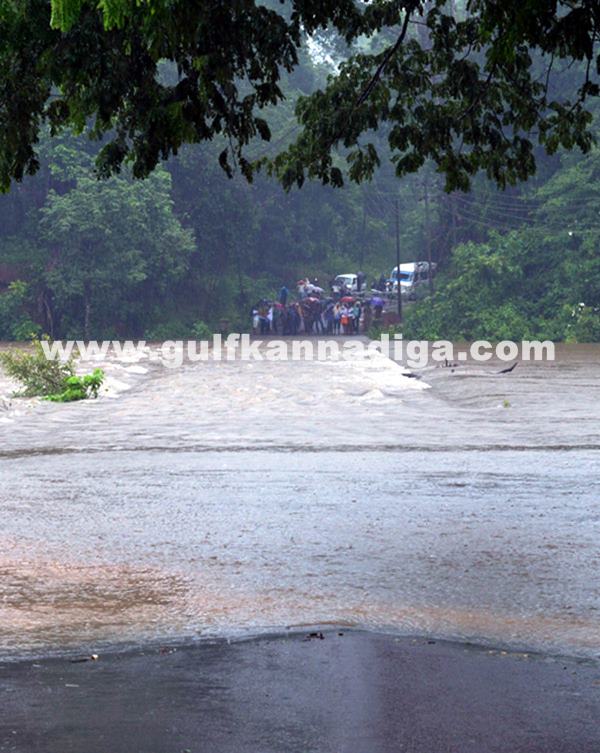
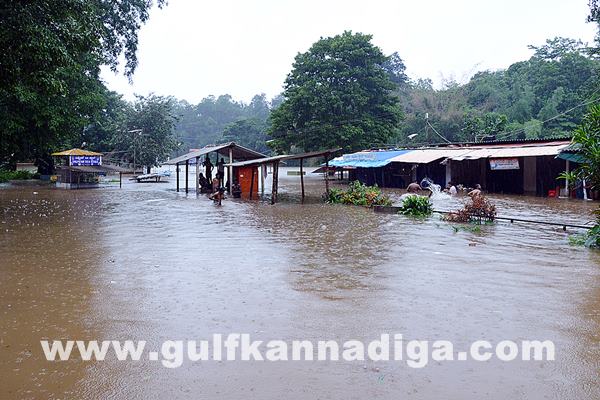
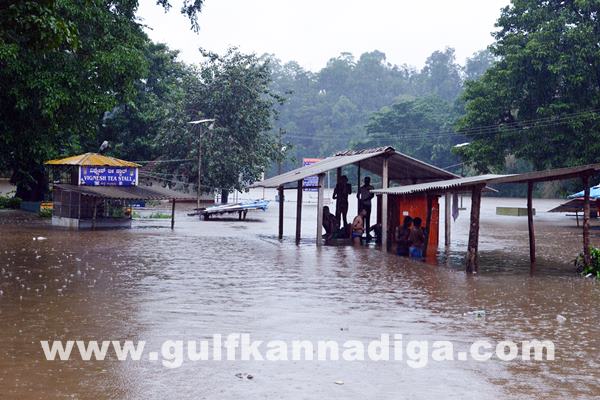
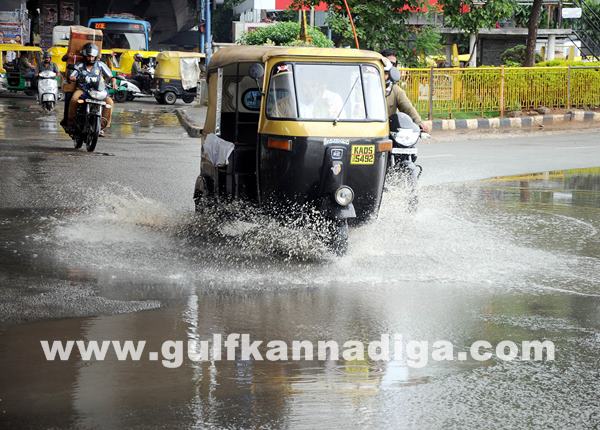
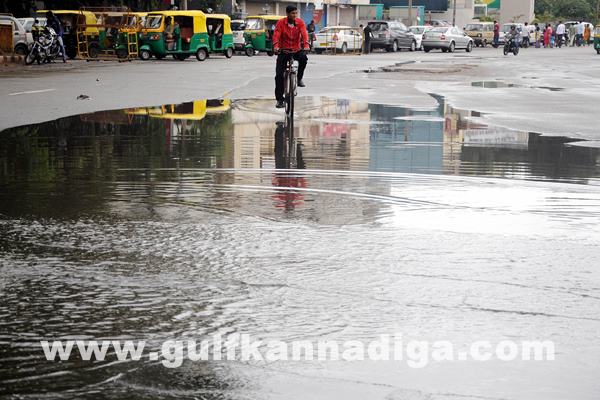
Water-level in key reservoirs rose.
The water-level in Shimoga’s Linganamakki and Bhadra reservoirs rose by two feet each in 48 hours.
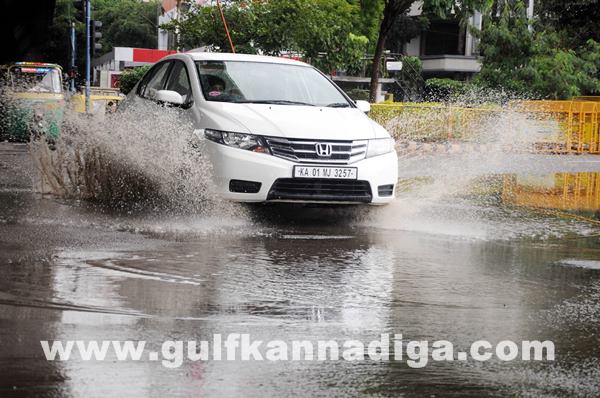
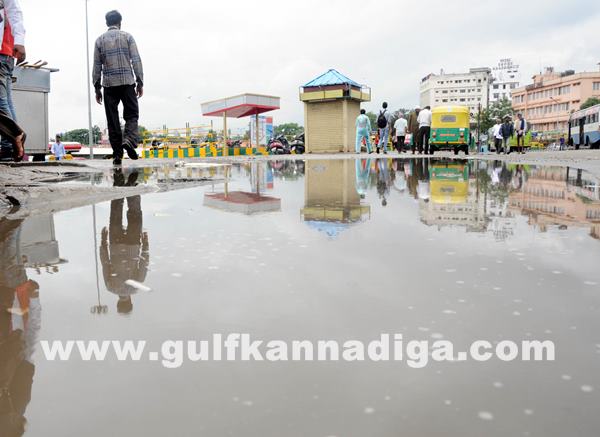
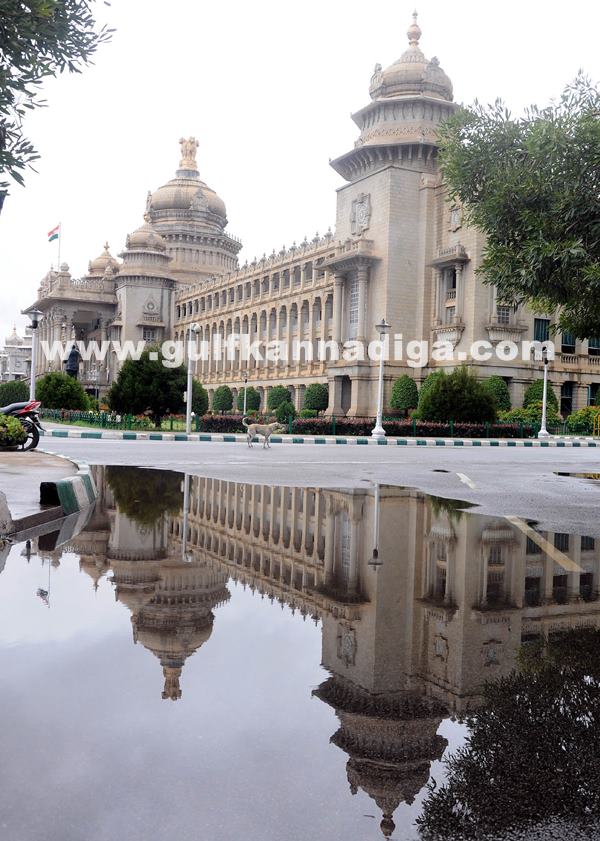
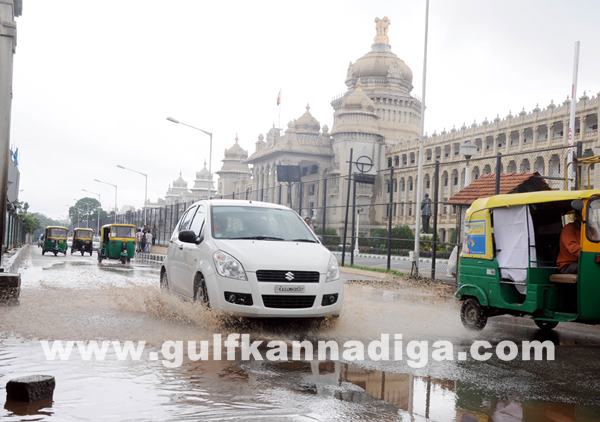
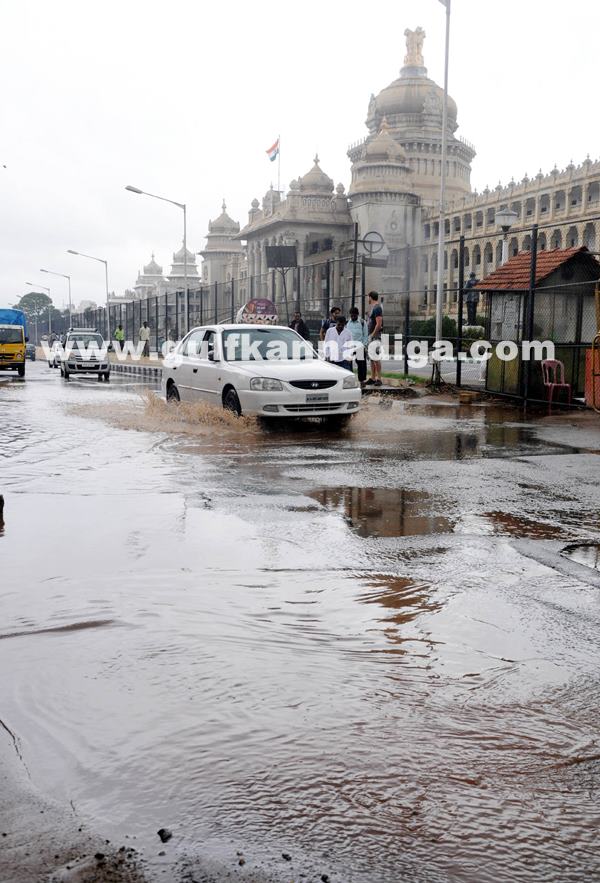
Other areas that received heavy rainfall on Sunday were Gokarna in Uttara Kannada (240 mm) and Kota in Udupi (200 mm). It will be another two days before rainfall decreases in intensity, as the trough begins to weaken, according to B. Puttanna, Director of the Meteorological Centre, Bangalore.
(The Hindu)


